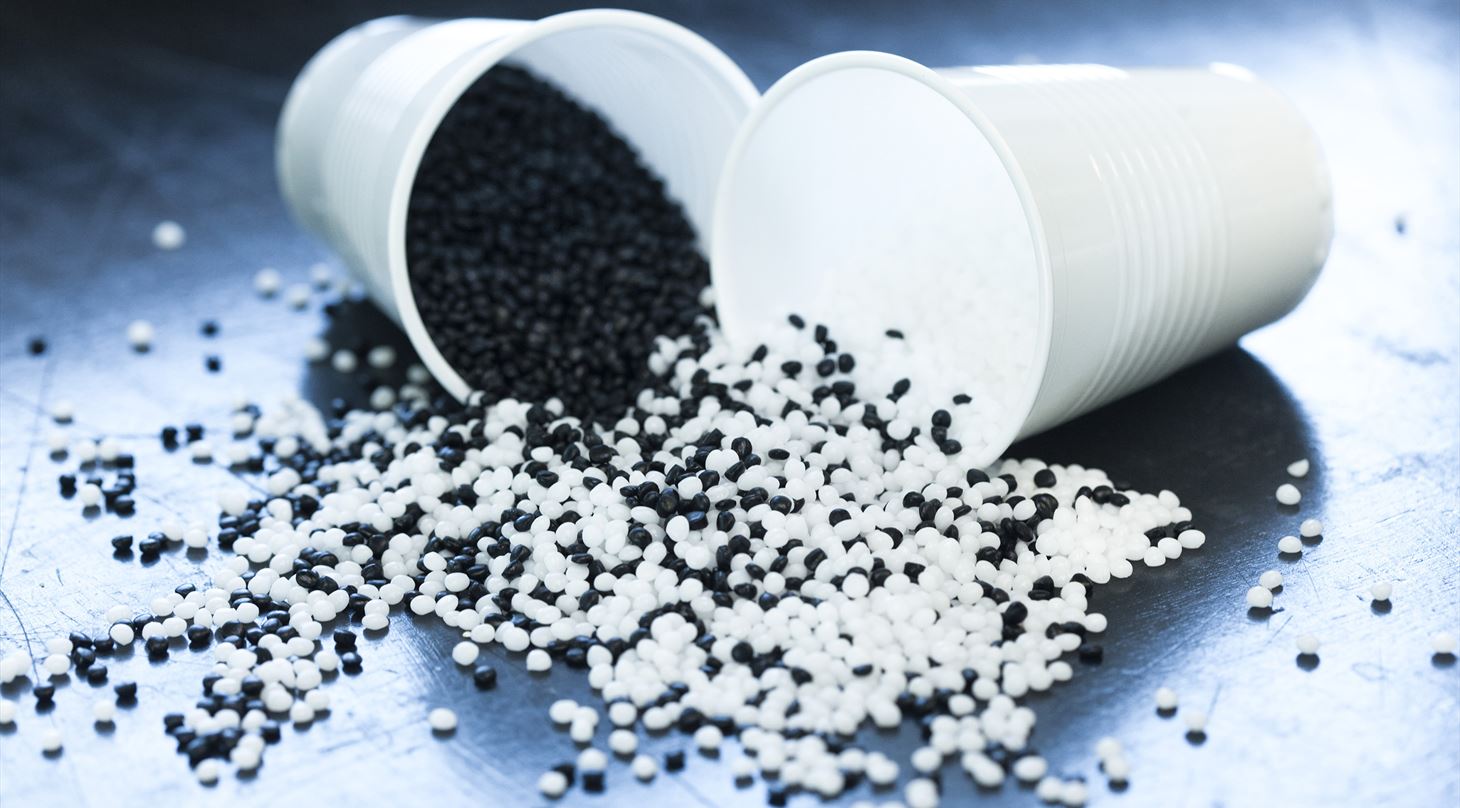
Development of plastic products - Material selection and development
Select Page
There are many different types of plastics, each characterized by different properties and processing possibilities.
The various types of plastics can be broadly divided into two main groups:
- Thermoplastics, which become soft when heated and hard again when cooled.
- Thermosets, which do not become soft again once they are shaped and set.
In addition, there are countless hybrid materials and composites, where several types of plastics are combined and/or reinforced with fibers.
Although different types of plastics each have their most common application areas, it can be a major challenge to select the most suitable plastic material for a specific product or application. Among the most common types of plastics are:
HDPE (high density polyethylene): the most common plastic type used for a wide range of applications, including containers, plastic bags, pipes, crates, cans, etc.
LDPE (low density polyethylene): the most common plastic material used for films.
PP (polypropylene): a construction plastic with many uses, including pipes, containers, tubs, housings, household equipment, etc.
PA (polyamide), also known as nylon, is a strong plastic with good wear and strength properties. PA is widely used in the machinery industry for wheels, gears, rollers, etc.
PVC (polyvinyl chloride): the most commonly used material for pipes and profiles. PVC is available in both rigid and flexible forms. The flexible version is used for example in cables and hoses, while the rigid version is used for window frames, tanks, etc.
PS (polystyrene): used for packaging, such as plastic cups. Other applications include housings, refrigerator interiors, signs, etc.
ABS (acrylonitrile butadiene styrene): a technical plastic known for its high gloss. One of the most well-known applications is LEGO bricks. Other uses include interior parts in cars, screens, housings, etc.
PET (polyethylene glycol terephthalate): available in both amorphous and semi-crystalline forms. The amorphous version is known for use in soft drink bottles, while the semi-crystalline PET is used for wear parts and bearings.
POM (polyoxymethylene): a construction plastic with very good mechanical properties. The material is widely used in the machinery industry for gears, pump parts, washers, etc.
In addition, there are many other types of plastics, such as PTFE, PMMA, ETFE, PEEK, PFA, PUR, PVDF, PC, PAI, PBT, TPE, TPU, PSU, PPSU, MFA, PEI, etc.
If a suitable standard plastic type/grade cannot be found for a given product or application, it is possible to develop your own formulation for a plastic material, which can then be produced by 'compounding'. This allows for the addition of extra required properties to the material, such as UV stability, antistatic effect, flame retardant effect, etc.
The Danish Technological Institute can help with:
- Advice regarding material selection for a specific design/application
- Selection of possible suppliers of specific plastic types
- Support regarding possible substitution of existing material type
- Development of formulation for plastic material for subsequent compounding
- Development of hybrid materials, where properties of different materials are combined and utilized in the design/application
- Verification of material selection for a given application, e.g., by setting up and conducting a test series